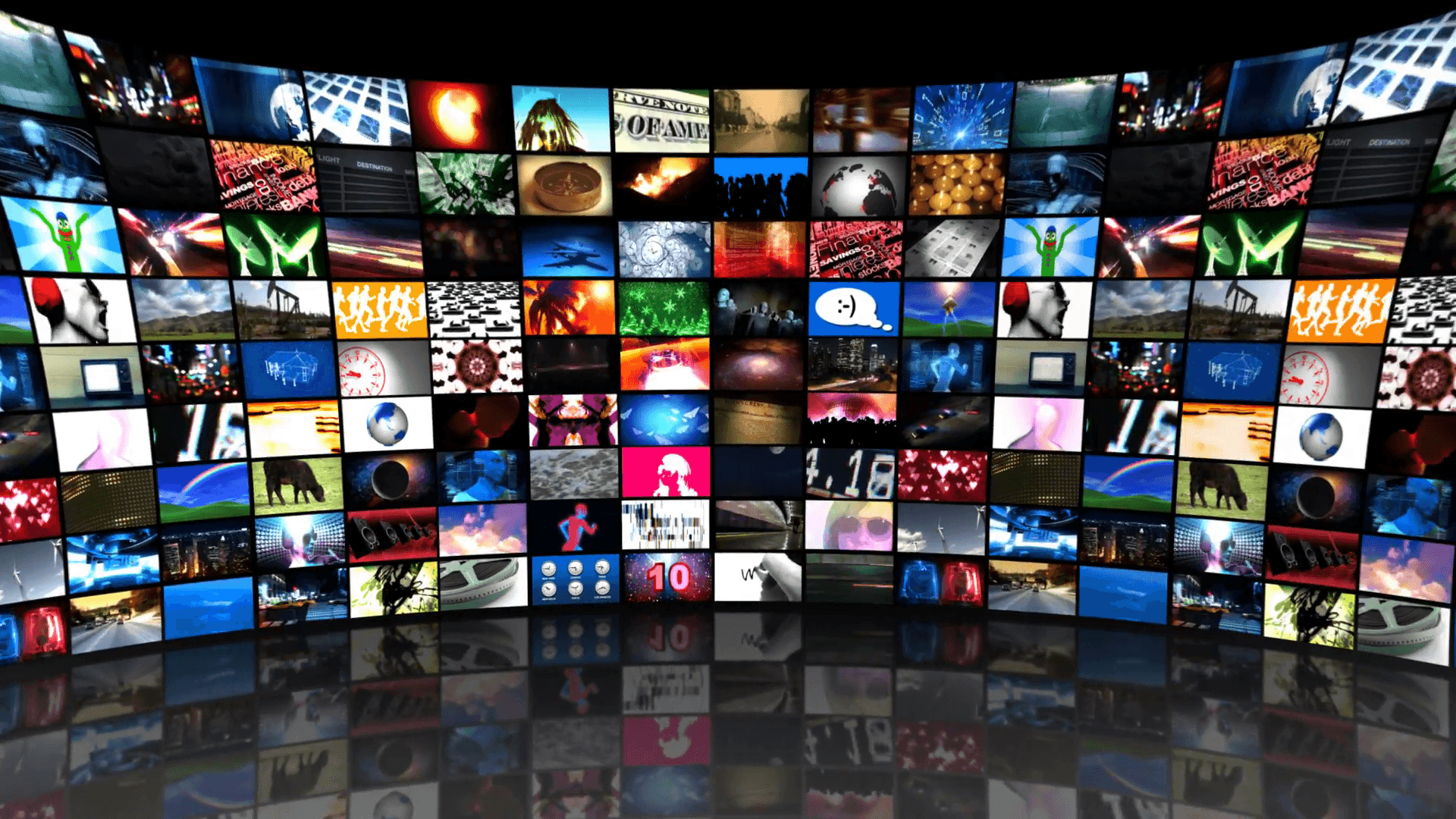Streaming Revolution: How Online Platforms Are Redefining Entertainment
Streaming Revolution: How Online Platforms Are Redefining Entertainment
Blog Article

The landscape of entertainment has transformed dramatically over the past decade, thanks to the rise of online streaming platforms. Gone are the days when viewers were tied to rigid television schedules or reliant on physical media to access their favorite shows and movies. Today, audiences can enjoy a vast array of content on-demand, choosing when and where to watch. This shift has not only changed how Hollywood operates but has also empowered consumers with unprecedented choice, convenience, and control over their viewing experiences.
As streaming services continue to flourish, they have introduced a new era of content creation and distribution. With platforms like Netflix, Hulu, and Amazon Prime leading the charge, a diverse range of programming is now accessible to a global audience. This revolution has opened doors for independent creators and niche genres, allowing unique voices to be heard. As we explore the streaming revolution, it becomes clear that online streaming is more than just a trend; it is a fundamental change in how we engage with entertainment in our daily lives.
The Rise of Streaming Services
The emergence of streaming services has dramatically transformed how audiences consume entertainment. With the advent of high-speed internet and advancements in technology, viewers are no longer tied to traditional broadcasting schedules or physical media. Services like Netflix, Hulu, and Amazon Prime Video have made it possible for people to watch their favorite shows and movies on demand, leading to a significant shift in viewing habits. This on-demand model caters to the modern consumer's desire for flexibility and convenience, allowing them to enjoy content whenever and wherever they want.
As streaming platforms have grown in popularity, they have also begun to attract substantial investments, leading to the creation of original content that rivals traditional media. These platforms are not just repositories for existing films and series; they are now powerhouses of creative content, producing critically acclaimed series and films that have garnered significant awards. This surge in quality programming has contributed to the decline of linear television, as audiences gravitate towards the diverse and innovative offerings available online.
Furthermore, the rise of streaming services has changed how advertising and marketing operate within the entertainment industry. With many consumers opting for ad-free subscription models, advertisers are forced to rethink their strategies. Meanwhile, platforms are harnessing data analytics to better understand viewer preferences, enabling them to deliver personalized content recommendations. This focus on user experience is setting a new standard for entertainment consumption, promising a future where online streaming remains at the forefront of how we engage with media.
Impact on Traditional Media
The rise of online streaming has significantly disrupted traditional media landscapes, particularly television and film. Viewers are increasingly opting for convenience and flexibility, leading to a decline in cable subscriptions and cinema attendance. Streaming platforms offer the freedom to watch content on demand, eliminating the constraints of scheduled programming. This shift has prompted many traditional media companies to reconsider their distribution models and explore partnerships with streaming services.
As online streaming becomes more prevalent, it has triggered a transformative shift in content creation and distribution. Traditional media outlets are now compelled to invest in original programming and enhance their digital presence to stay competitive. The demand for high-quality, exclusive content has led to a surge in competition among streaming platforms, pushing established media companies to innovate and adapt. This evolution not only affects how content is produced but also influences the storytelling approaches, targeting diverse audiences more effectively.
Moreover, the financial implications for traditional media are profound. Advertising revenue, once predominantly sourced from television, is experiencing a shift as brands allocate budgets to digital platforms that deliver targeted advertising. The ability to gather data on viewer preferences and behaviors through streaming services allows for more personalized advertising strategies. As a result, traditional media must navigate a challenging landscape where audiences are fragmenting across various online platforms, forcing them to reassess their marketing and revenue strategies.
Future Trends in Online Entertainment
As technology continues to advance, the future of online streaming is set to become even more interactive and immersive. Virtual reality and augmented reality are making their way into the streaming experience, allowing viewers to not only watch content but also engage with it in a three-dimensional space. This shift will redefine how audiences consume media, moving beyond passive viewing to active participation, creating a more personalized and engaging experience.
Update location YouTubeTV
Another trend shaping the future of online entertainment is the rise of niche streaming services. While major platforms dominate the market, there is a growing demand for specialized content that caters to specific audiences. This could include services focused on specific genres, cultures or demographics. These niche platforms will allow creators to produce and showcase unique content that might not find a place on mainstream services, fostering greater diversity in storytelling.
Finally, the integration of artificial intelligence in content curation and recommendation systems is set to revolutionize how viewers discover new shows and movies. By analyzing viewing habits and preferences, AI can provide hyper-personalized recommendations, ensuring that users find content that resonates with them. This technology will enhance user experience and keep audiences engaged, making it easier for them to navigate the vast selection of online streaming options available.
Report this page